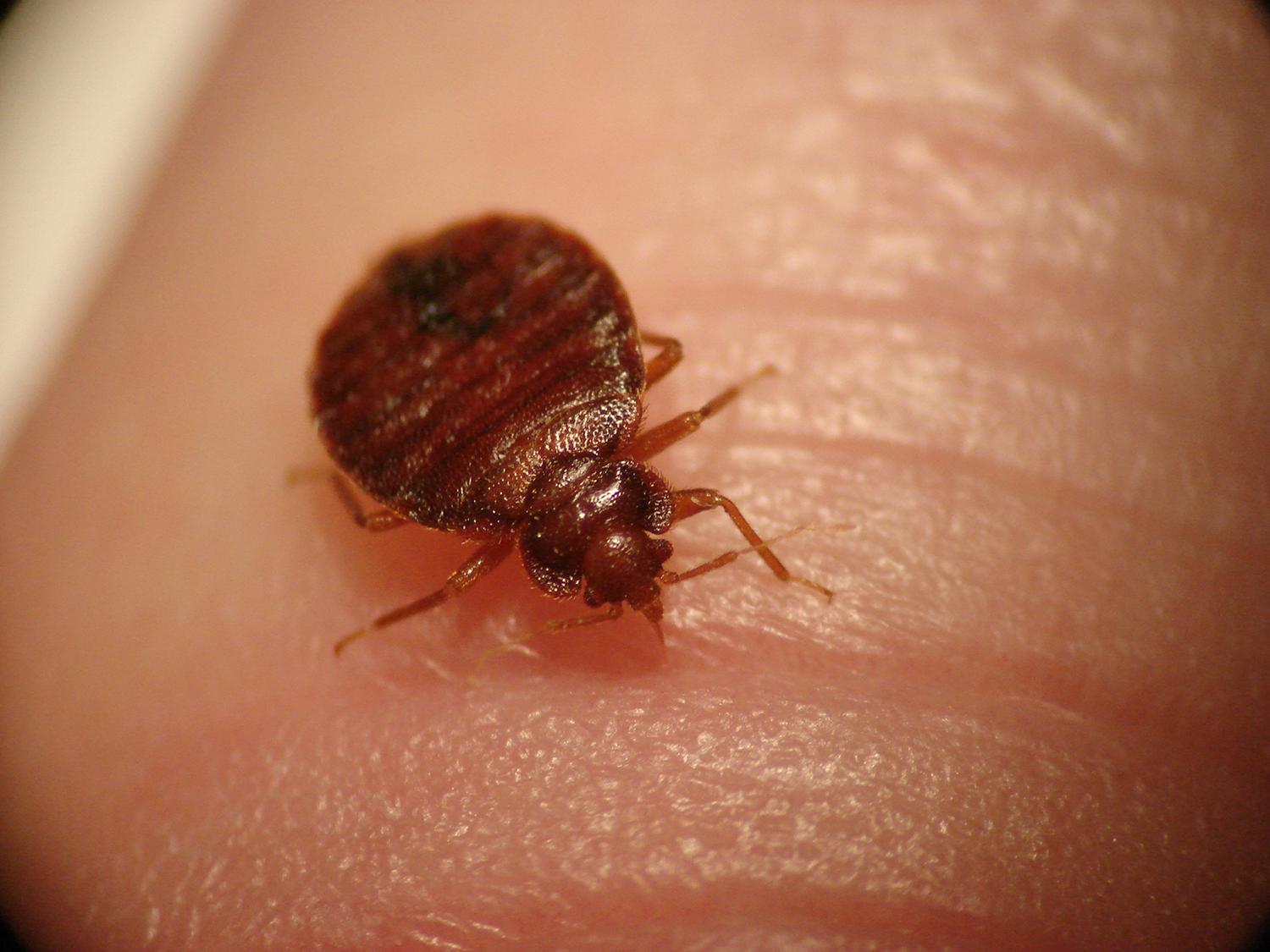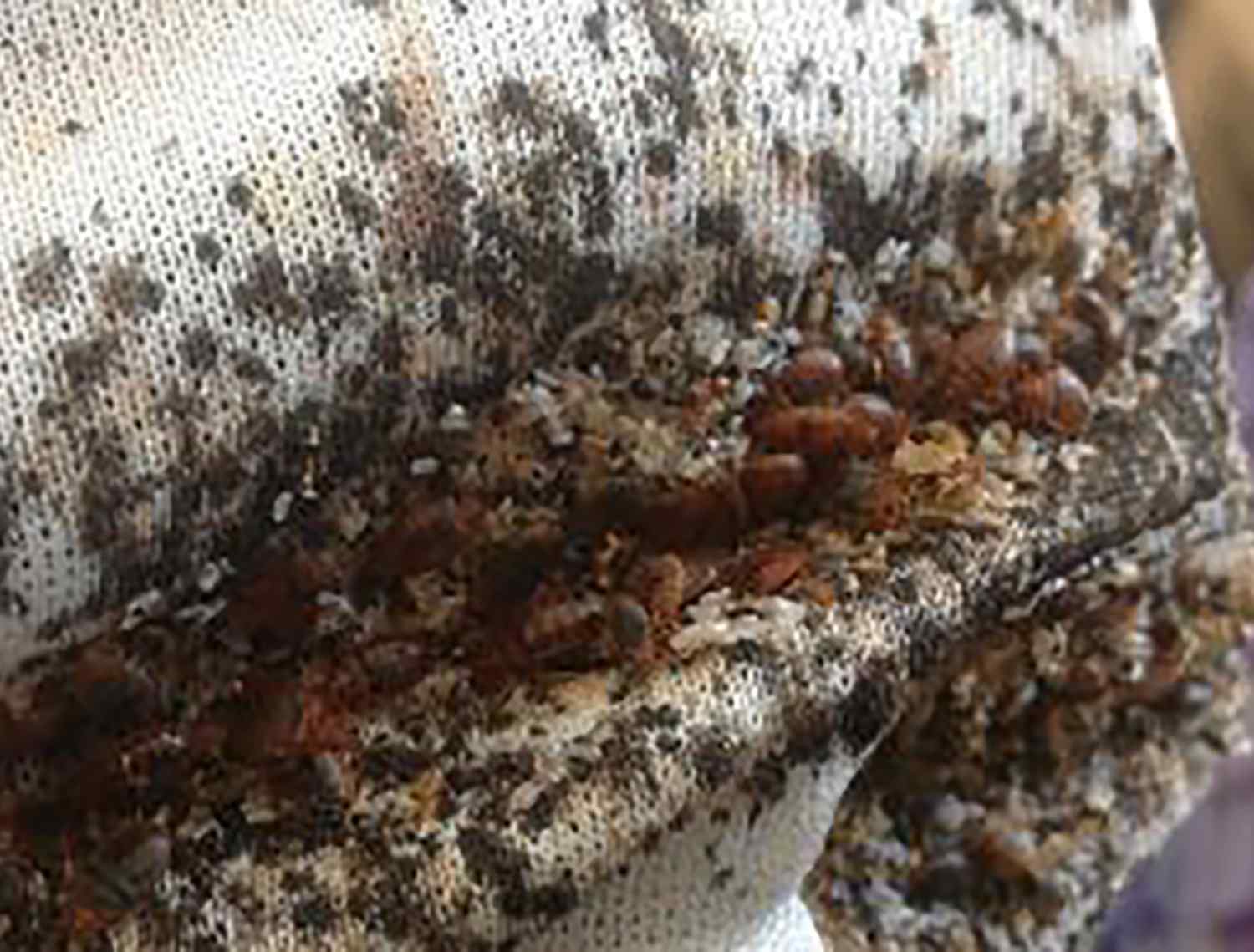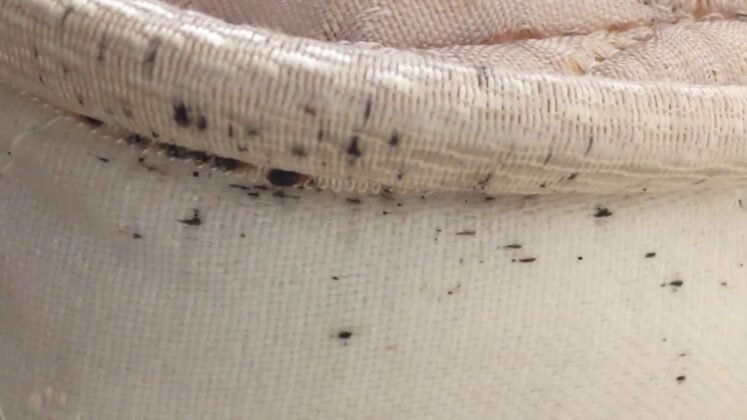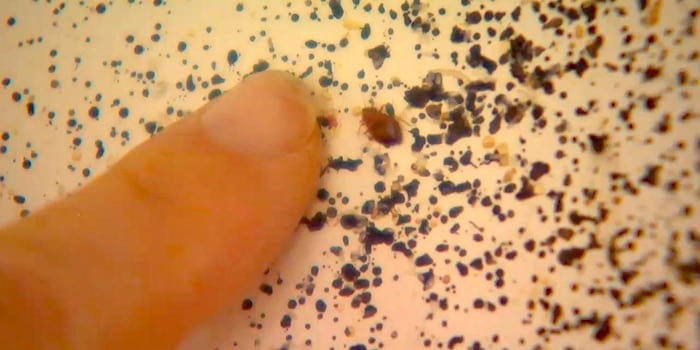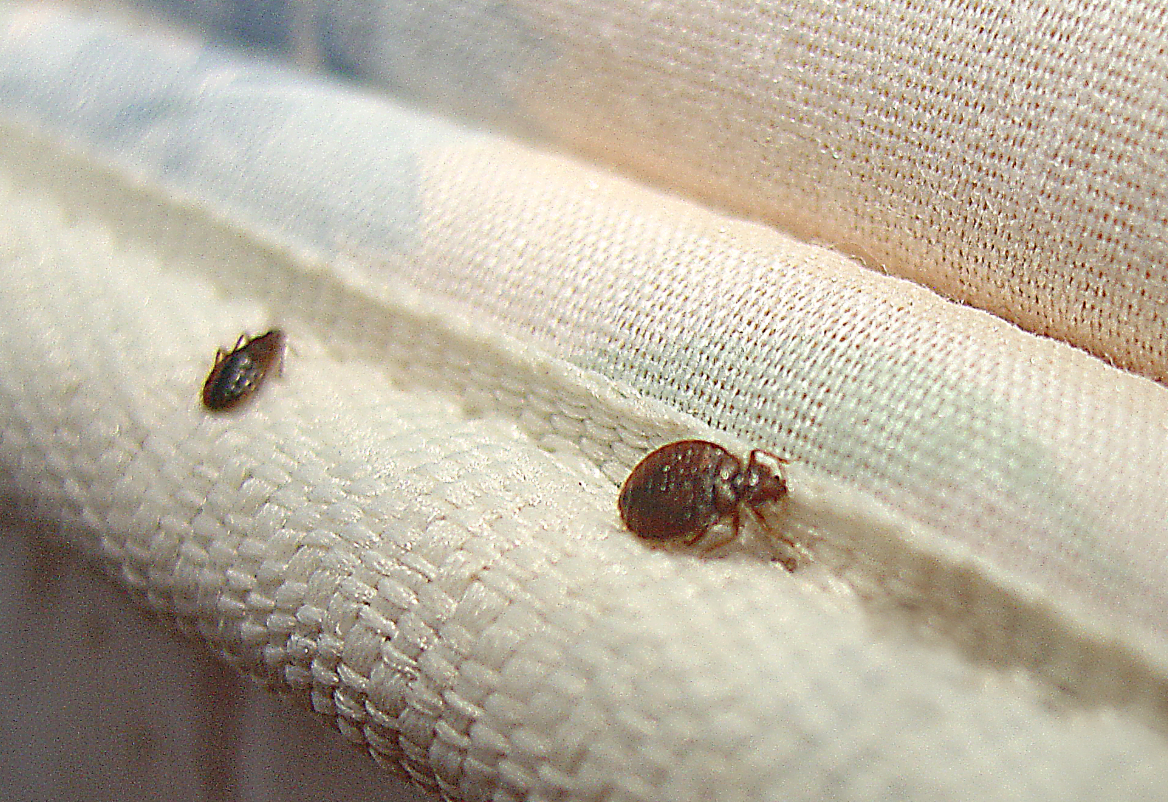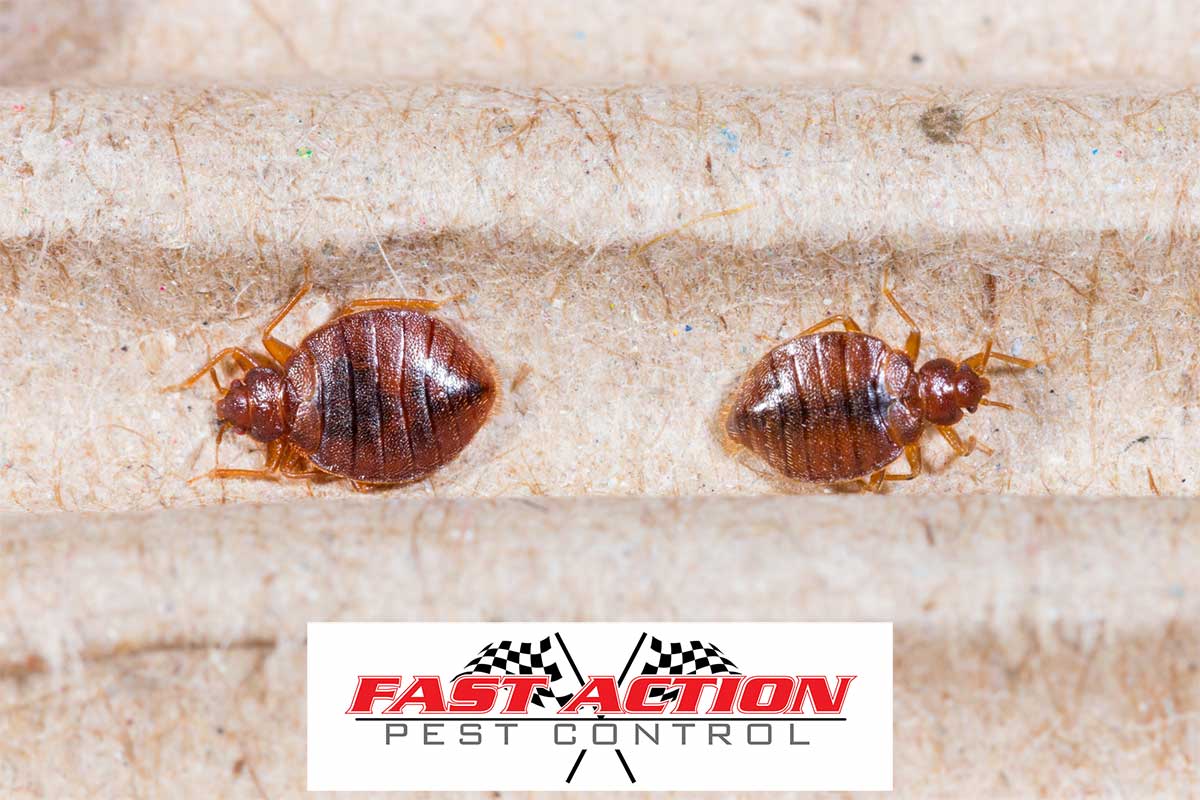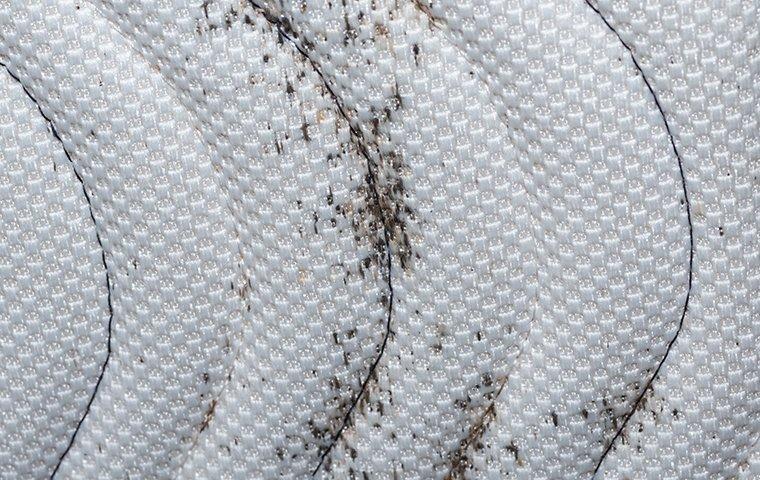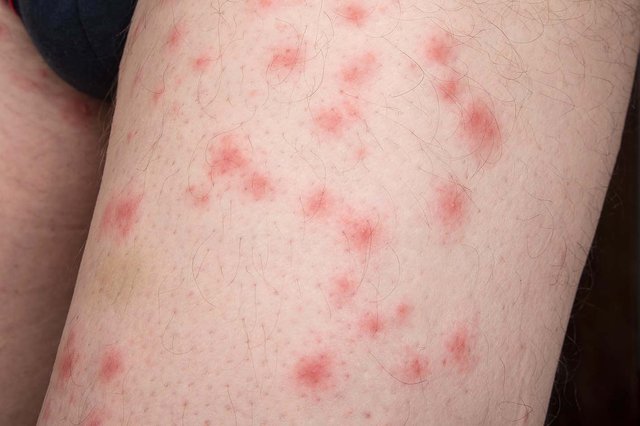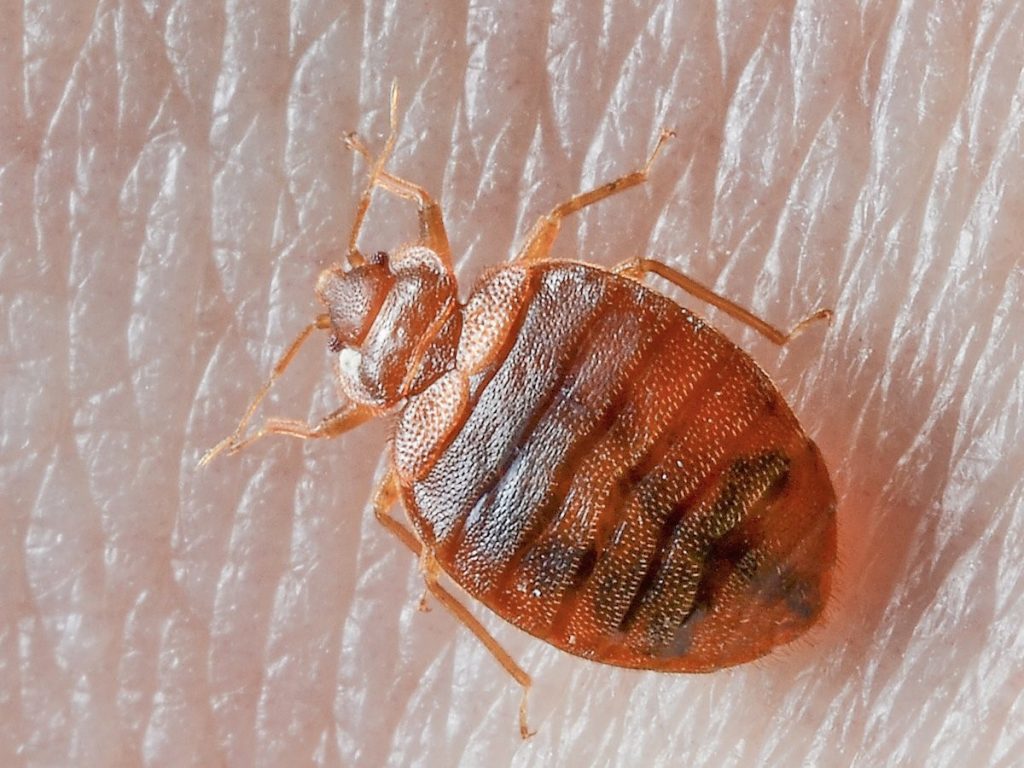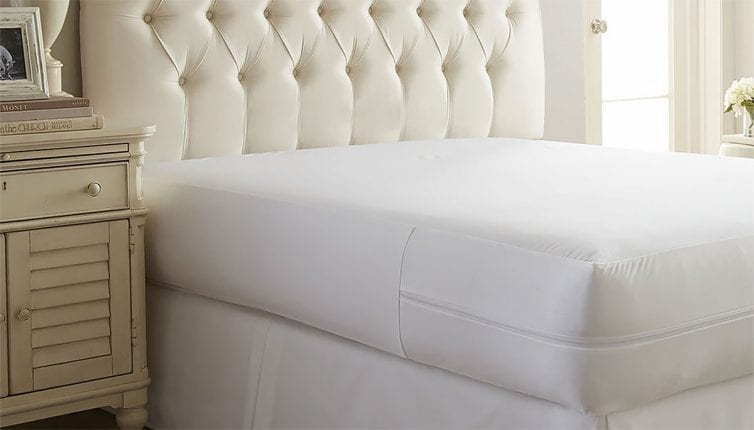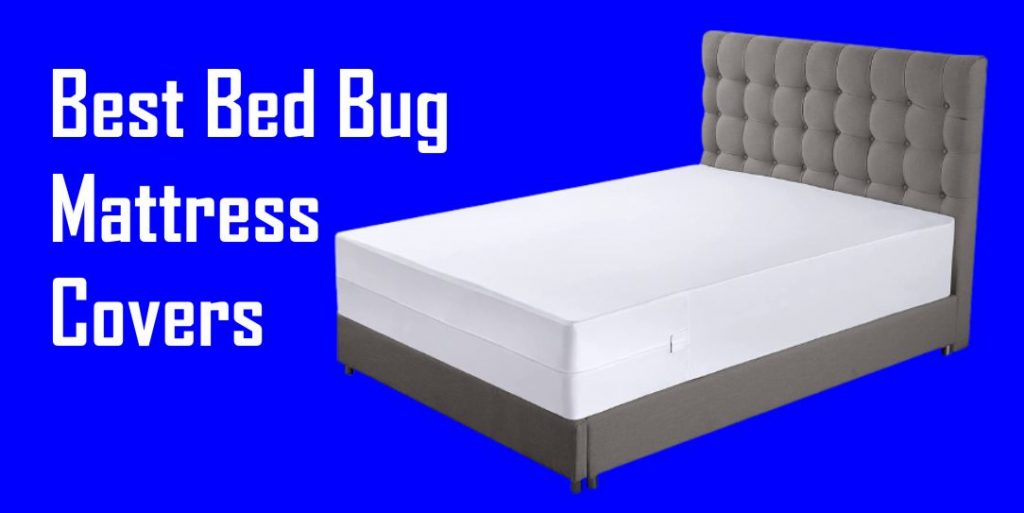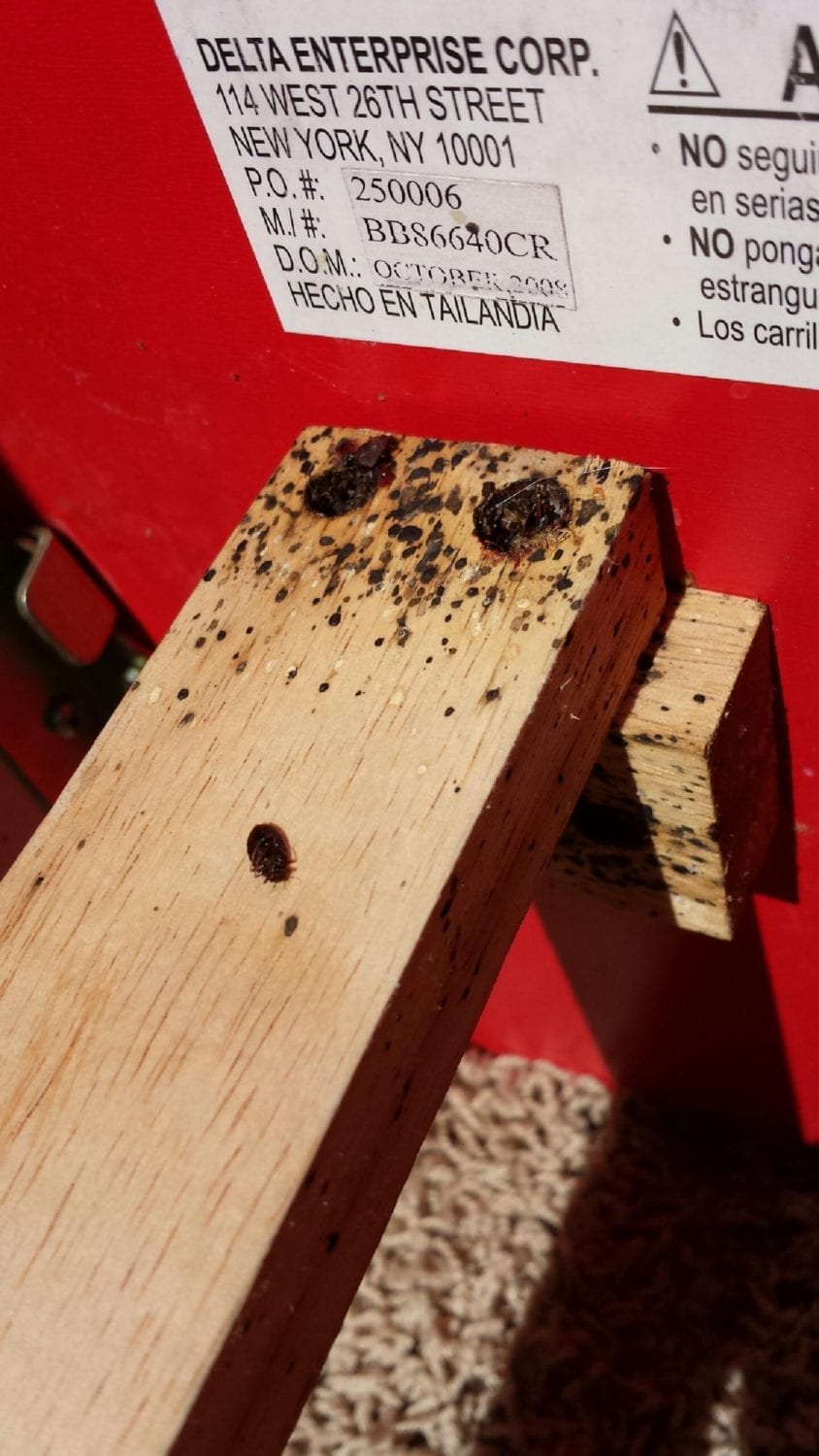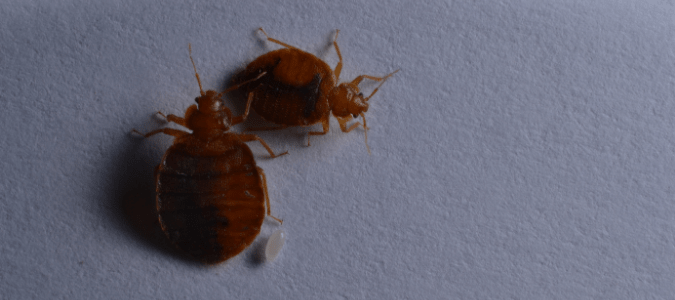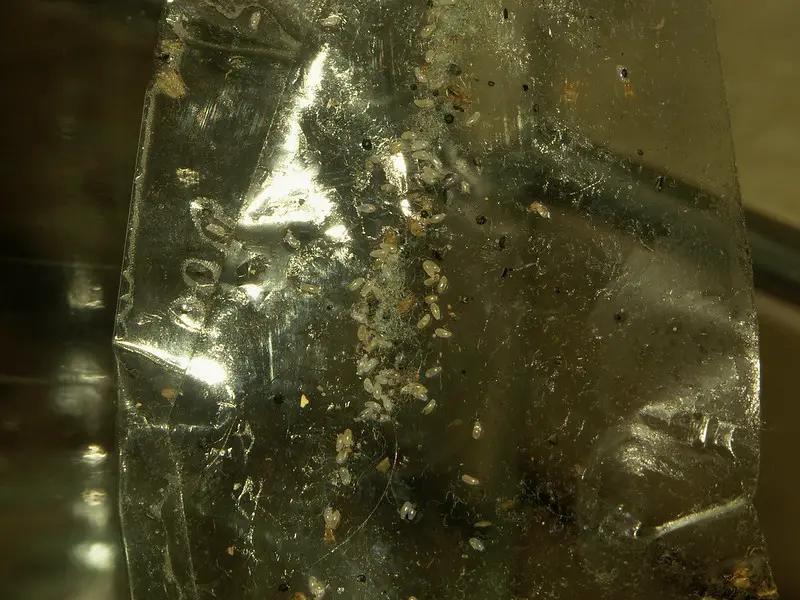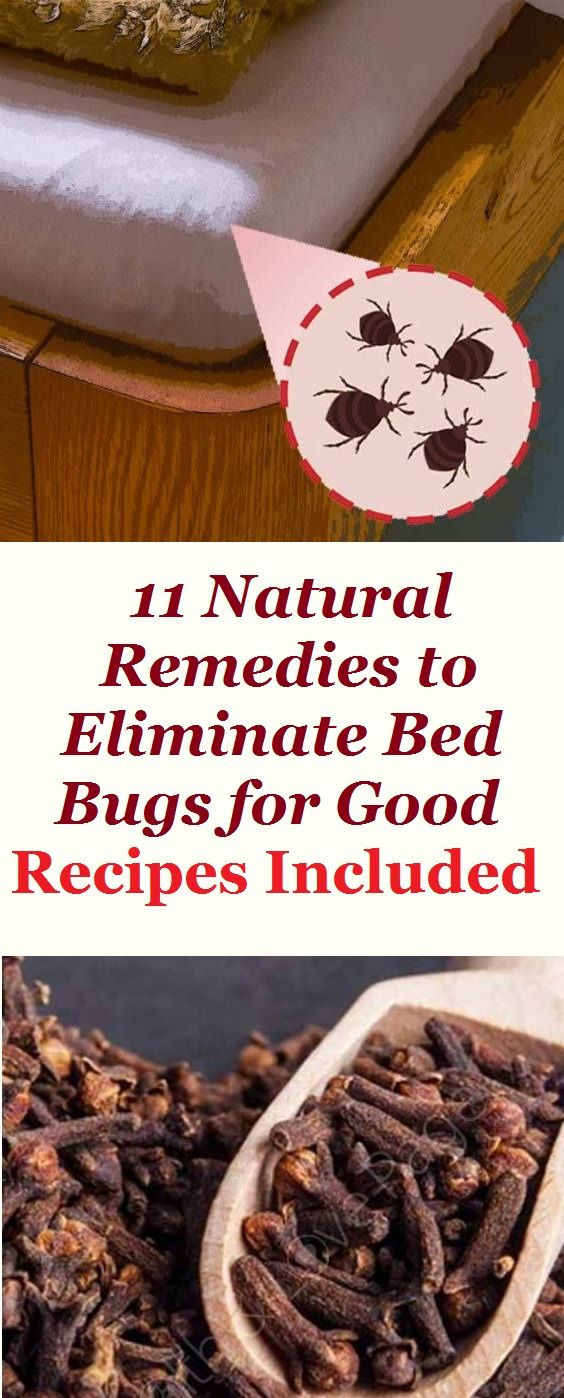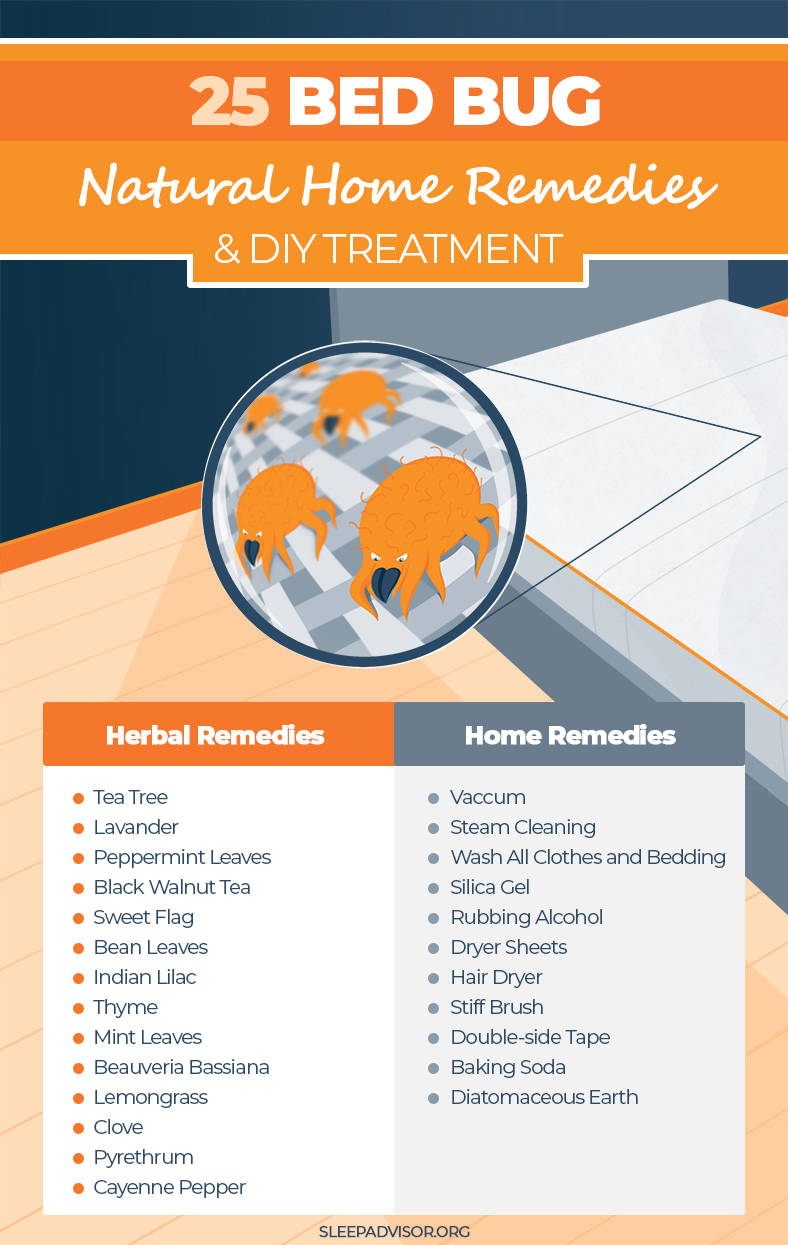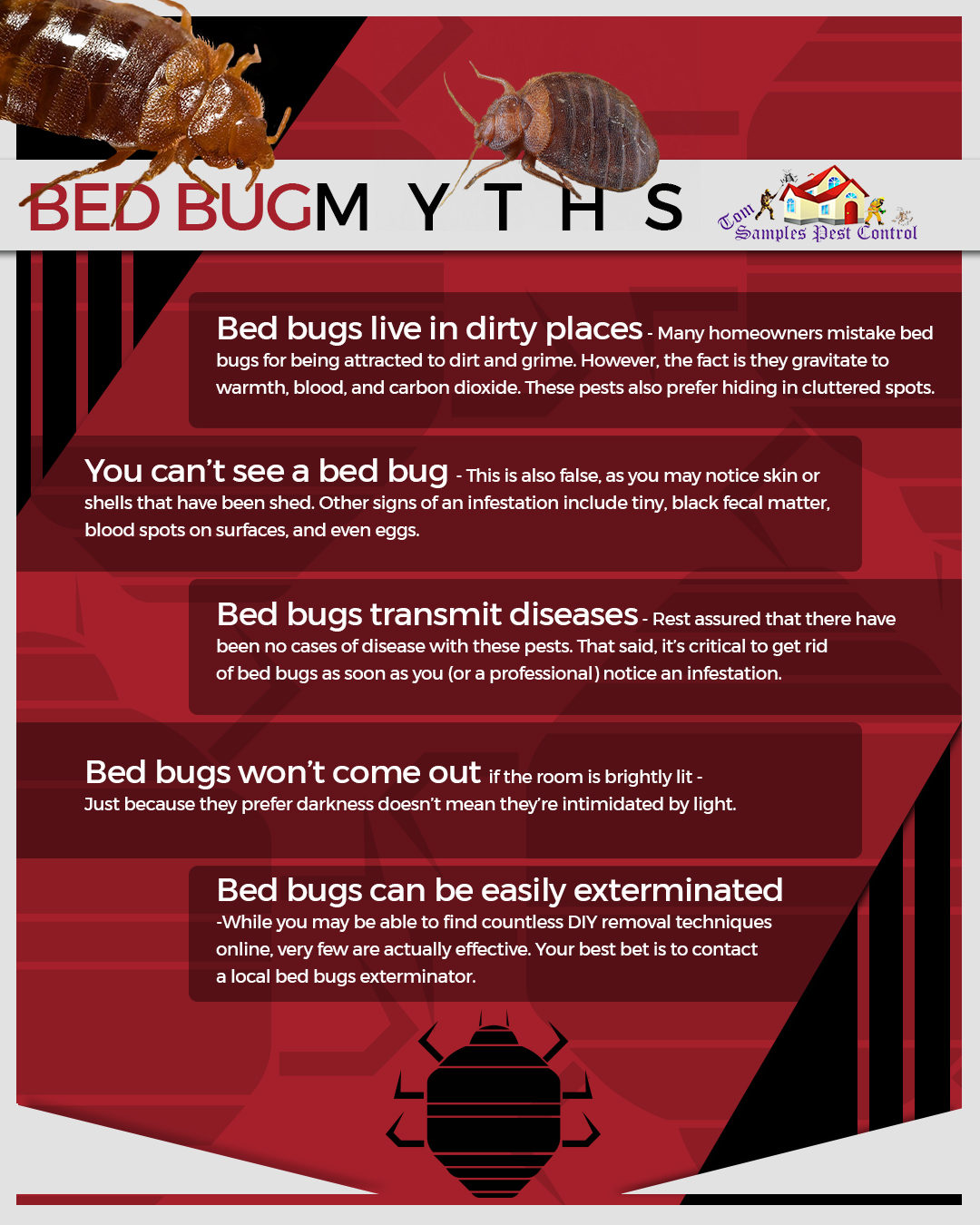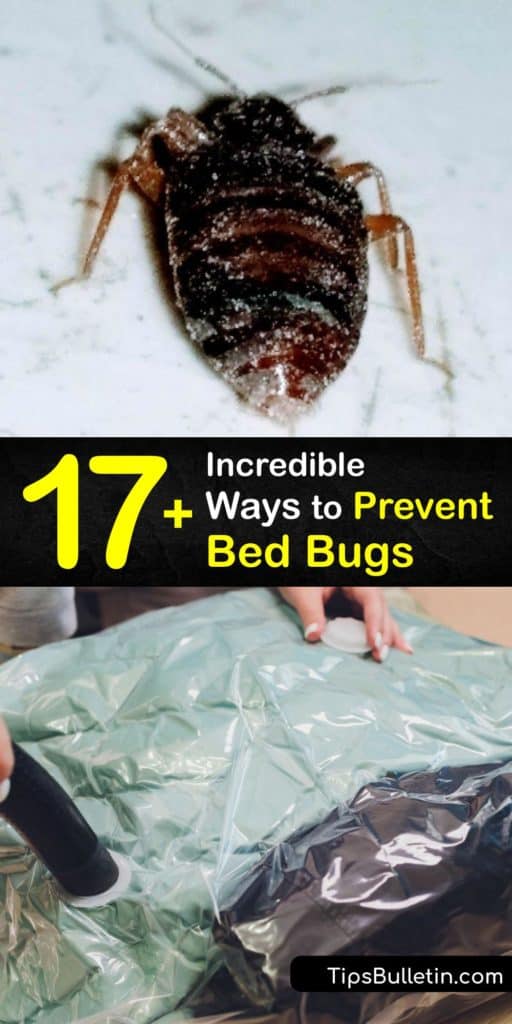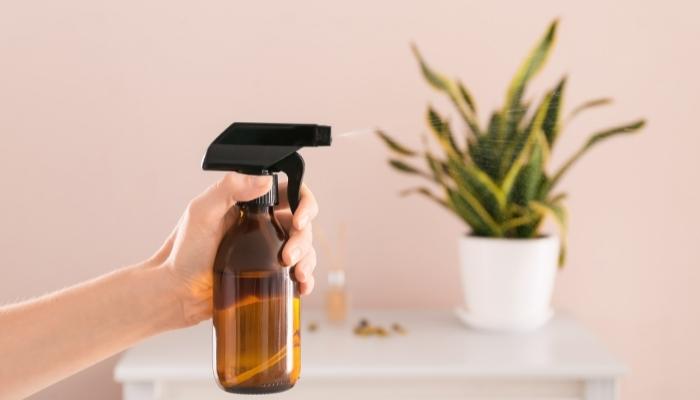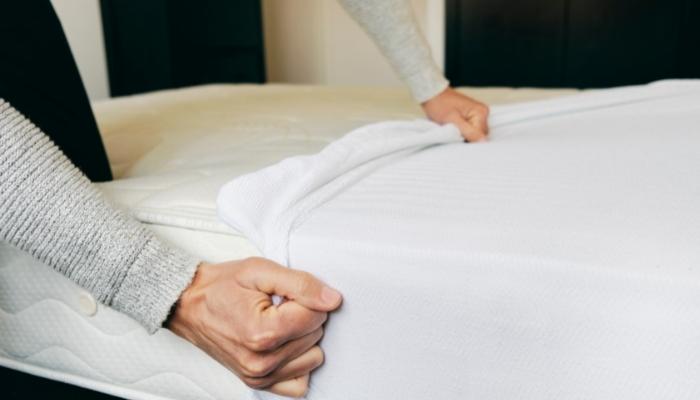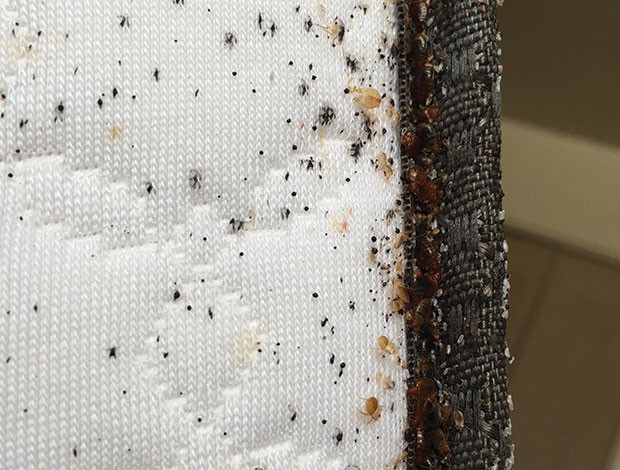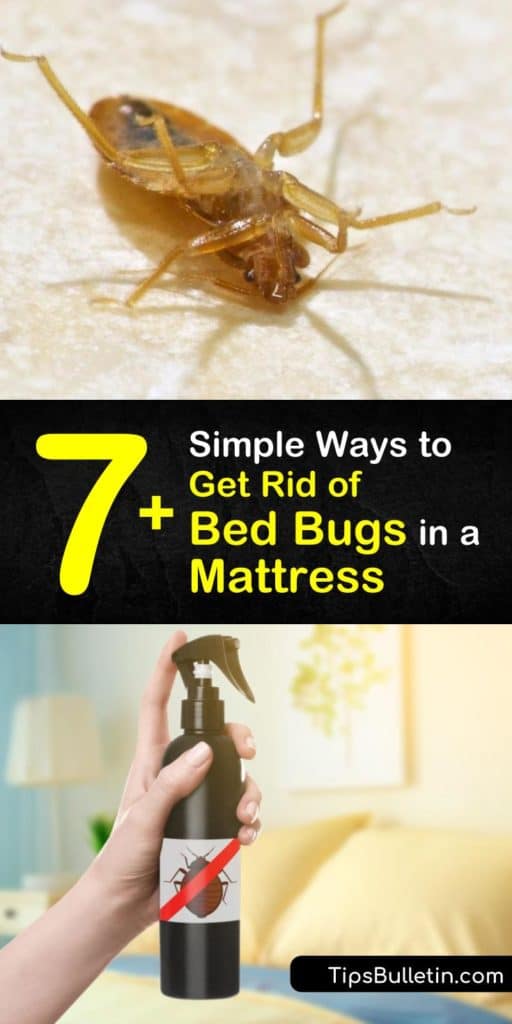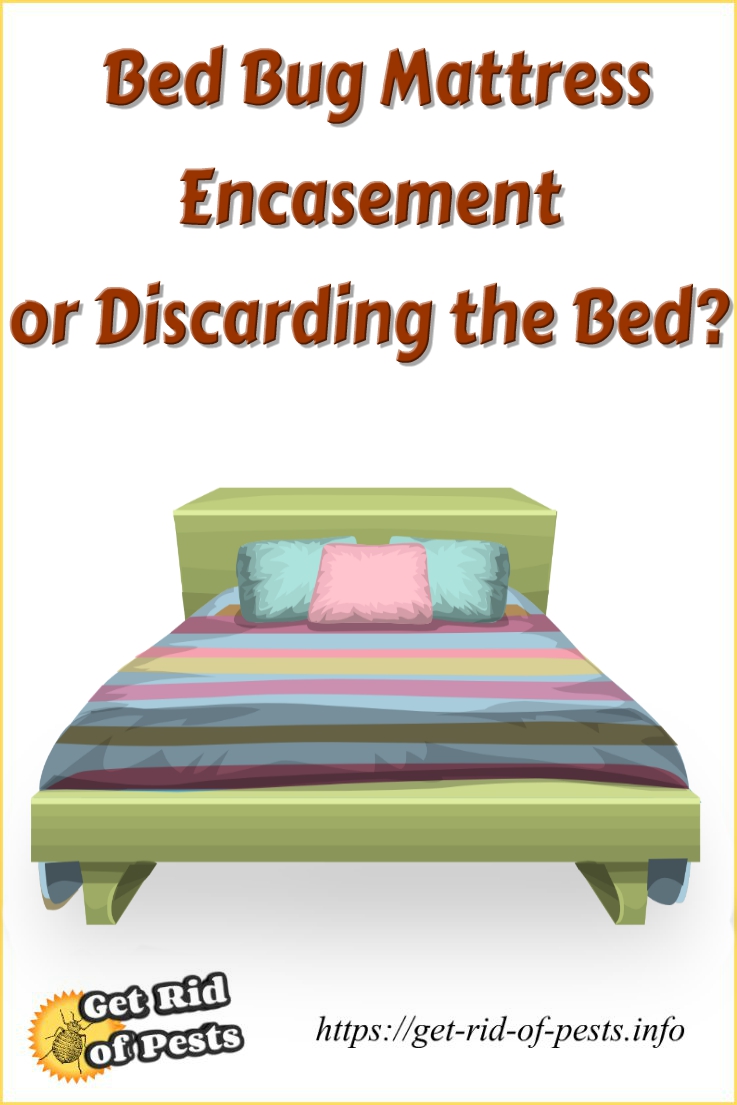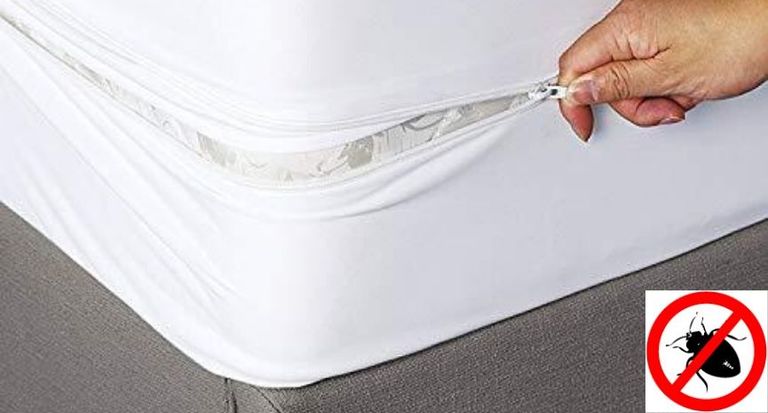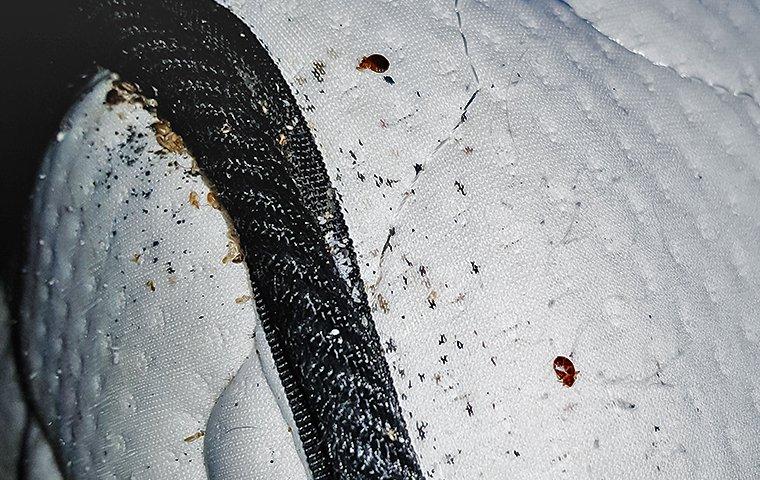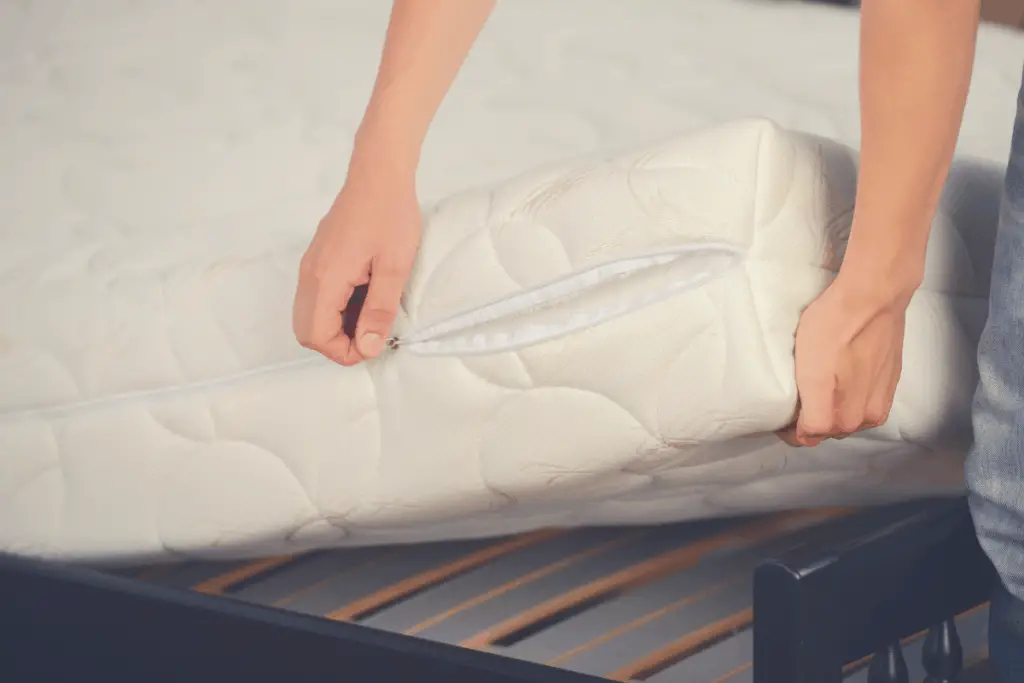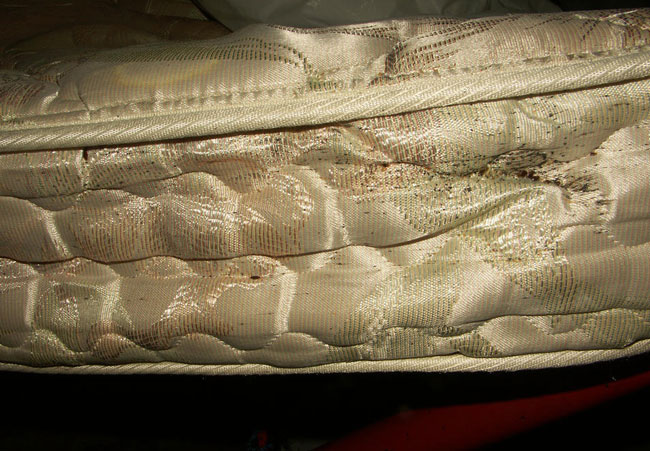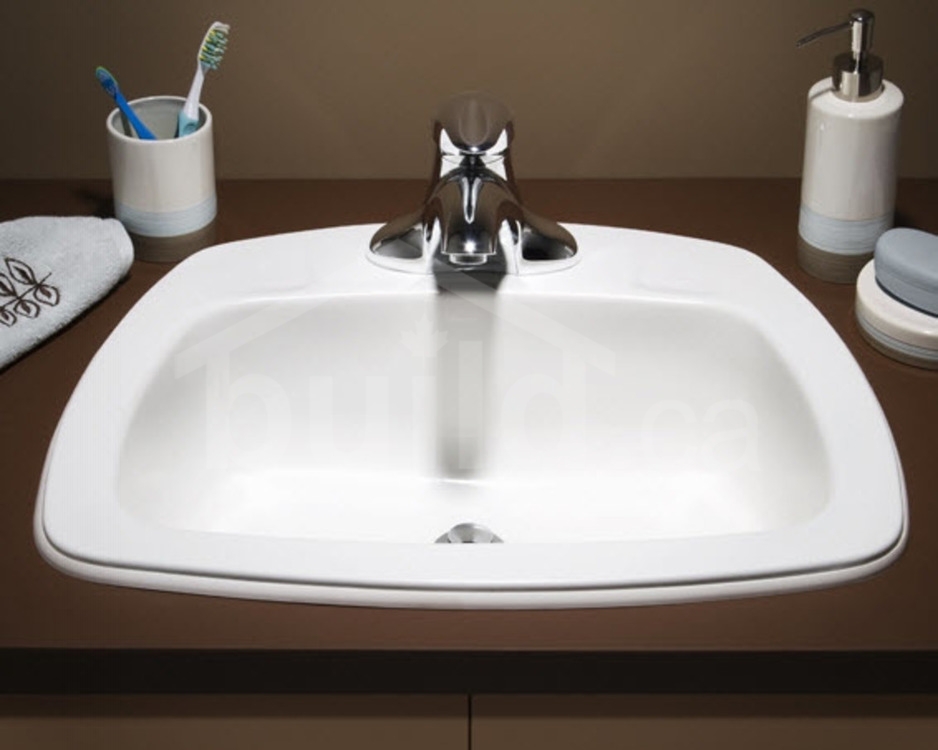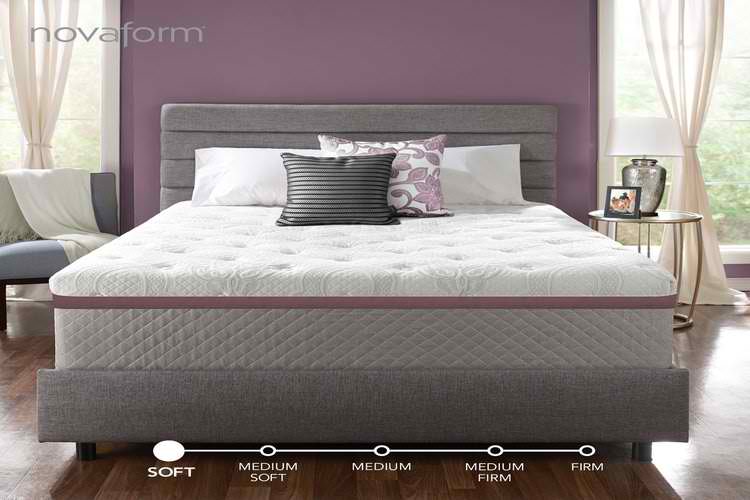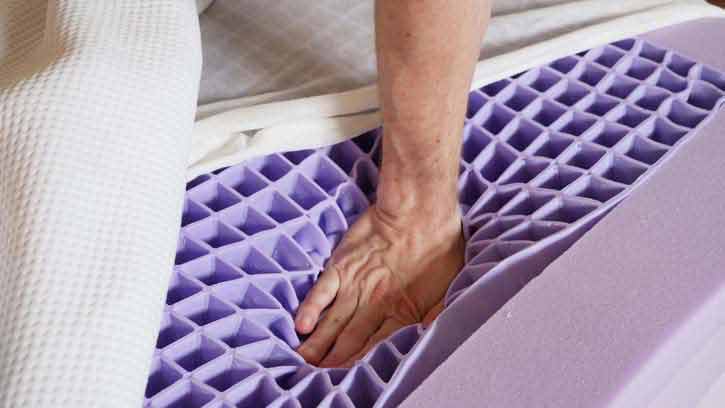1. How to Get Rid of Bed Bugs on Mattresses
Dealing with a bed bug infestation can be a nightmare, especially when they have taken up residence in your beloved mattress. These pesky insects not only cause irritating bites, but they also multiply quickly and can be difficult to get rid of. But fear not, with the right tools and techniques, you can successfully eliminate bed bugs from your mattress. Here's how:
First and foremost, it's important to identify the signs of bed bugs on your mattress. Look out for small, reddish-brown bugs crawling on your mattress or tiny black spots on the seams. If you see any of these signs, it's highly likely that you have a bed bug problem.
The next step is to invest in a good mattress cover specifically designed to protect against bed bugs. These covers are made with a tightly woven fabric that prevents bed bugs from entering or escaping your mattress. Be sure to choose a cover that is labeled as "bed bug proof" and covers your entire mattress, including the zipper.
Once you have your mattress cover in place, it's time to check for bed bugs on your mattress. Start by stripping your bed of all sheets, blankets, and pillows. Using a flashlight, thoroughly inspect your mattress for any signs of bed bugs. Pay close attention to the seams and folds of the mattress. If you spot any bugs, use a vacuum cleaner to suck them up and dispose of the vacuum bag immediately.
If you prefer to use natural remedies, there are several options for treating bed bugs on your mattress. Essential oils such as lavender, peppermint, and tea tree have been found to repel bed bugs. You can dilute these oils with water and spray them on your mattress, or add a few drops to your laundry when washing your bedding. Another natural option is diatomaceous earth, a fine powder that can be sprinkled on your mattress and left for a few days before vacuuming it up. This powder works by dehydrating and killing bed bugs.
2. Signs of Bed Bugs on Mattresses
As mentioned earlier, it's important to know the signs of bed bugs on your mattress so you can take action immediately. In addition to seeing live bed bugs or black spots on your mattress, there are a few other signs to look out for:
1. Blood stains on your sheets or mattress - Bed bugs feed on human blood and may leave behind small blood stains on your bedding or mattress.
2. Musty odor - Bed bugs release a musty odor that can be detected in severe infestations.
3. Shed skins - As bed bugs grow, they shed their skin and leave behind these tiny, translucent shells.
If you notice any of these signs, it's important to take action immediately to prevent the infestation from spreading.
3. Best Mattress Covers for Bed Bug Protection
As mentioned earlier, investing in a good mattress cover is crucial for protecting your mattress from bed bugs. Here are some of the best options on the market:
1. SafeRest Premium Zippered Mattress Encasement - This cover is made with a breathable, hypoallergenic fabric that is bed bug proof and waterproof. It also has a secure zipper closure to keep bed bugs out.
2. Utopia Bedding Zippered Mattress Encasement - Made with a soft, stretchable fabric, this cover is bed bug proof and also protects against dust mites, bacteria, and allergens.
3. SureGuard Mattress Encasement - This cover is made with a 100% cotton terry surface and is bed bug proof, waterproof, and hypoallergenic. It also comes with a 10-year warranty.
When choosing a mattress cover, be sure to check the size and type of mattress it is designed for, as well as any additional features such as waterproofing or hypoallergenic materials.
4. How to Check for Bed Bugs on Your Mattress
Regularly checking your mattress for bed bugs is important for catching an infestation early on. Here's how to check for bed bugs on your mattress:
1. Strip your bed of all sheets, blankets, and pillows.
2. Use a flashlight to thoroughly inspect your mattress, paying close attention to the seams and folds.
3. Look for live bed bugs, their shed skins, or black spots (fecal matter).
4. If you spot any bed bugs, use a vacuum cleaner to suck them up and dispose of the vacuum bag immediately.
It's recommended to check your mattress at least once a month for any signs of bed bugs.
5. Natural Remedies for Bed Bugs on Mattresses
If you prefer to use natural methods for treating bed bugs on your mattress, here are some options:
1. Essential oils - As mentioned earlier, essential oils such as lavender, peppermint, and tea tree have been found to repel bed bugs. You can dilute these oils with water and spray them on your mattress or add a few drops to your laundry when washing your bedding.
2. Diatomaceous earth - This fine powder works by dehydrating and killing bed bugs. Sprinkle it on your mattress and leave it for a few days before vacuuming it up.
3. Vinegar - Vinegar is known for its disinfecting properties and can be used to kill bed bugs on your mattress. Mix equal parts vinegar and water in a spray bottle and spray it on your mattress. Let it sit for a few hours before wiping it off.
It's important to note that natural remedies may not be as effective as chemical treatments, so it's best to use them in combination with other methods.
6. How to Prevent Bed Bugs on Your Mattress
Preventing bed bugs from infesting your mattress is much easier than getting rid of them once they are already there. Here are some tips for preventing bed bugs on your mattress:
1. Use a mattress cover - As mentioned earlier, a good mattress cover can protect your mattress from bed bugs.
2. Keep your bedroom tidy - Clutter provides a hiding place for bed bugs, so keeping your bedroom clean and clutter-free can help prevent infestations.
3. Inspect second-hand furniture - If you are bringing home any used furniture, be sure to thoroughly inspect it for any signs of bed bugs before bringing it into your home.
4. Inspect luggage after traveling - Bed bugs can easily hitch a ride in your luggage, so be sure to thoroughly inspect it after traveling and wash all of your clothes in hot water.
Taking these preventative measures can significantly reduce your chances of a bed bug infestation on your mattress.
7. Bed Bug Mattress Encasements: Do They Work?
Bed bug mattress encasements are designed to completely cover your mattress, providing a barrier that prevents bed bugs from entering or escaping. But do they really work? The answer is yes, but with a few caveats.
Firstly, it's important to choose a high-quality, bed bug proof encasement. Cheaper options may not be as effective. It's also important to ensure that the encasement covers your entire mattress, including the zipper. Any small openings or tears can render the encasement useless.
Additionally, encasements work best when used in combination with other methods such as regular inspection and treatment. They are not a standalone solution for a bed bug infestation.
8. How to Treat Bed Bugs on Your Mattress
If you've confirmed that your mattress is infested with bed bugs, it's important to take action immediately to prevent the infestation from spreading. Here's how to treat bed bugs on your mattress:
1. Remove all bedding and vacuum your mattress thoroughly, paying close attention to the seams and folds.
2. Use a steam cleaner to steam your mattress, as the high temperatures can kill bed bugs and their eggs.
3. Apply a bed bug spray specifically designed for mattresses, following the instructions carefully.
4. Use a mattress encasement to cover your mattress and prevent any remaining bed bugs from escaping.
It's important to note that these treatments may need to be repeated several times to completely eliminate the infestation.
9. Bed Bug Mattress Protectors vs Encasements
While the terms "protector" and "encasement" are often used interchangeably, they are actually two different products with different purposes.
A bed bug mattress protector is a thin, fitted sheet that goes over your mattress and acts as a barrier against bed bugs. It is not completely sealed and may not be as effective as an encasement.
A bed bug mattress encasement, as mentioned earlier, is designed to completely cover your mattress and seal it off from bed bugs. It is a more effective option for preventing and treating infestations.
10. How to Clean a Mattress Infested with Bed Bugs
If your mattress is infested with bed bugs, it's important to clean it thoroughly to eliminate any remaining bugs and their eggs. Here's how to clean a mattress infested with bed bugs:
1. Strip your mattress of all bedding and vacuum it thoroughly, paying close attention to the seams and folds.
2. Use a steam cleaner to steam your mattress, as the high temperatures can kill bed bugs and their eggs.
3. If your mattress is too large to steam clean, you can also use a bed bug spray specifically designed for mattresses. Follow the instructions carefully and allow the spray to dry completely before moving on to the next step.
4. Use a high-powered vacuum to thoroughly vacuum your mattress again, making sure to get into all the seams and folds.
5. If possible, leave your mattress outside in the sun for a few hours. The heat from the sun can also help to kill any remaining bed bugs.
It's important to note that cleaning a mattress infested with bed bugs may not completely eliminate the infestation, and additional treatments may be necessary.
With these tips and techniques, you can effectively get rid of bed bugs on your mattress and prevent them from coming back. Remember to be diligent and regularly inspect your mattress for any signs of bed bugs, and take preventative measures to protect your mattress from future infestations.
Bug Beds on Mattress: A Growing Concern in House Design

The phrase "bug beds on mattress" may conjure up images of creepy crawlies and infestations, but the reality is that it is a very real and growing concern in the world of house design. As our homes become more energy efficient and tightly sealed, they also become more attractive to pests such as bed bugs. These tiny insects can easily hitch a ride into our homes on luggage, clothing, or used furniture, and once they've made themselves at home in our mattresses, they can be incredibly difficult to get rid of. This is not only a headache for homeowners but also a challenge for architects and designers as they strive to create spaces that are both aesthetically pleasing and functional.
The Dangers of Bed Bugs

Bed bugs are small, flat, reddish-brown insects that feed on the blood of humans and animals. They are most active at night and their bites can leave itchy red welts on the skin. While bed bugs are not known to spread diseases, their presence can cause severe emotional distress and lead to sleep deprivation. In severe infestations, they can also cause allergic reactions and secondary skin infections. This makes them not only a nuisance but also a potential health hazard, making it crucial to address any signs of bed bugs in house design.
The Impact on House Design
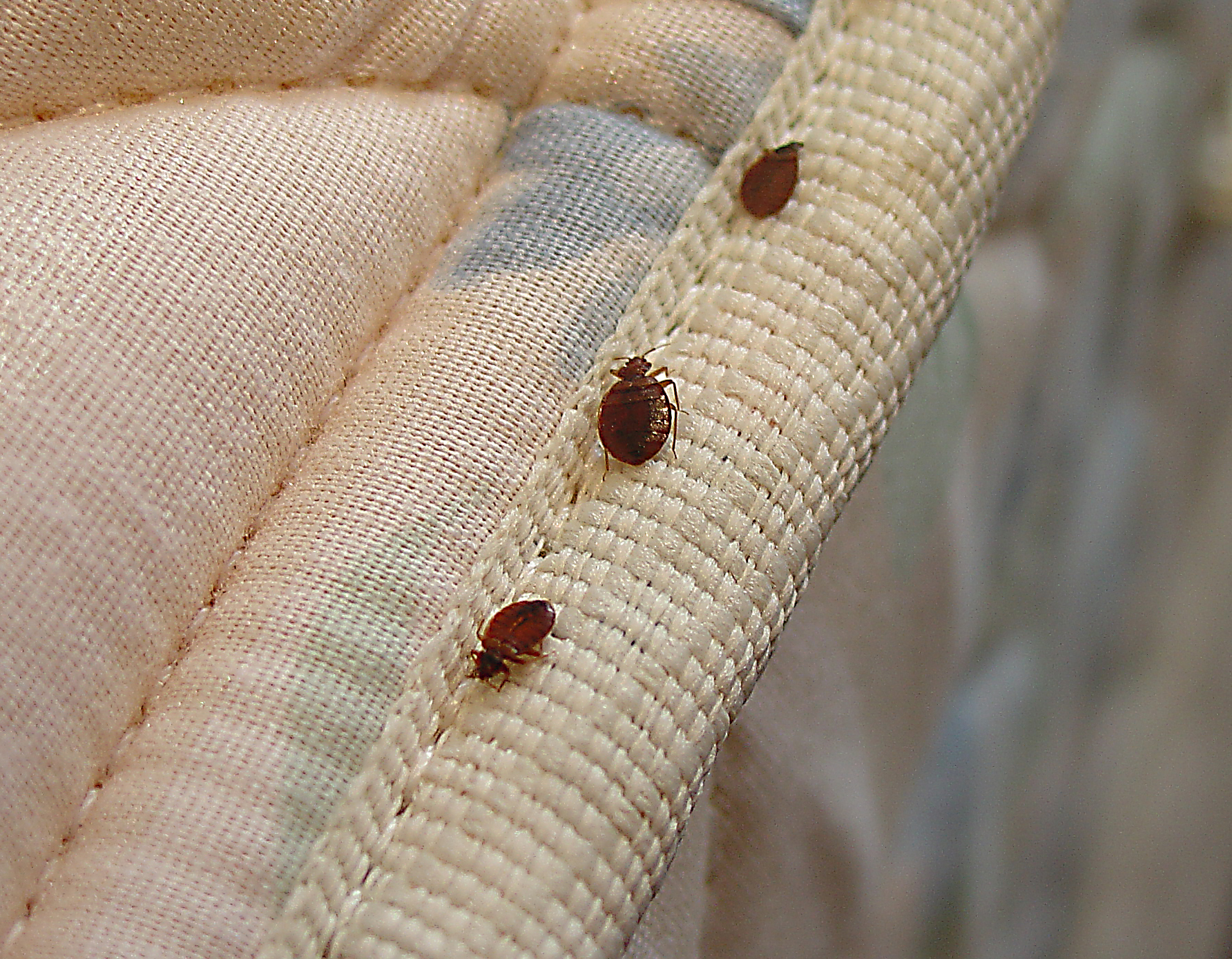
As bed bugs can easily hide in the seams and crevices of mattresses, bed frames, and other furniture, house design must take into account their potential presence. This includes choosing materials and finishes that are resistant to bed bug infestations, such as metal or plastic furniture and non-porous flooring. In addition, furniture placement and layout should allow for easy inspection and cleaning, while also minimizing potential hiding spots for these pests.
Furthermore, architects and designers must also consider the needs of pest control professionals when creating house designs. This includes providing access to areas that may need treatment, such as behind walls and under flooring. It may also involve incorporating design elements that make it easier to detect and treat bed bugs, such as removable baseboards or easily accessible electrical outlets.
Prevention is Key

While designing for bed bug prevention is important, it is also crucial for homeowners to take proactive measures to prevent infestations. This includes regularly inspecting and vacuuming mattresses and furniture, as well as being cautious when bringing in used items from outside. Taking these steps can not only help to keep bed bugs at bay but also preserve the integrity and functionality of a well-designed home.
In conclusion, the presence of bed bugs on mattresses is a growing concern in house design. From the materials used to the layout and maintenance of a home, every aspect must be carefully considered to prevent and address infestations. By working together, architects, designers, and homeowners can create spaces that are both beautiful and free of pesky bed bugs.





